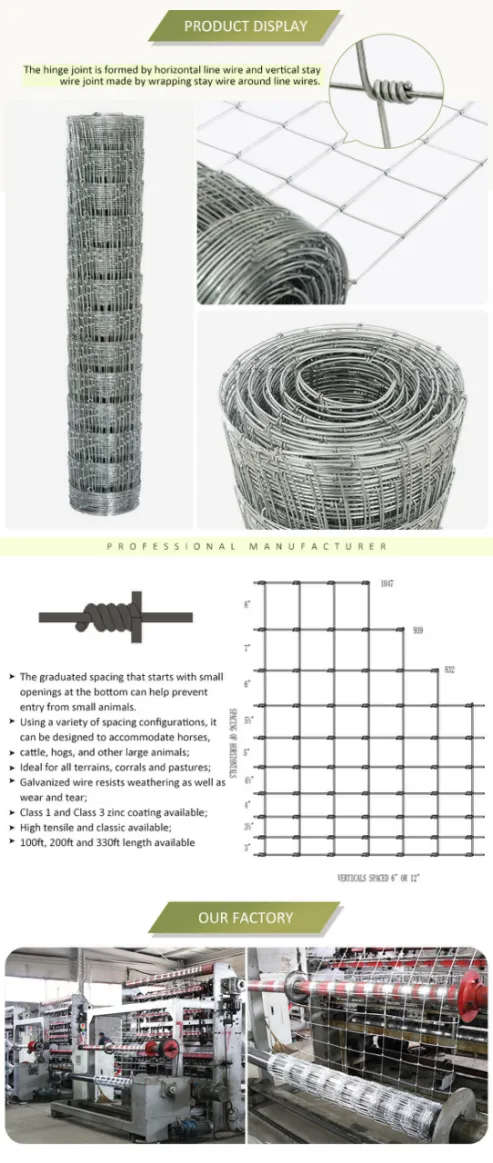marras . 01, 2024 08:35 Back to list
Best Practices for Roof Sheathing Nail Installation and Spacing Techniques
Understanding Roof Sheathing Nails Importance and Specifications
Roof sheathing is a crucial component in the construction of a building, providing structural integrity and a base for roofing materials. One of the most vital elements in the process of installing roof sheathing is the selection and use of appropriate nails. Roof sheathing nails play a significant role in ensuring a secure, durable, and weather-resistant roof. This article explores the importance of roof sheathing nails, their specifications, and best practices for installation.
The Importance of Roof Sheathing Nails
Roof sheathing nails are specially designed fasteners used to attach plywood or oriented strand board (OSB) sheathing to the roof trusses or rafters. The primary purpose of these nails is to hold the sheathing materials in place, providing support for roofing shingles and ensuring the overall stability of the roof structure. Properly installed sheathing nails help prevent issues like shingle blow-off, leaks, and moisture infiltration, which can lead to extensive damage over time.
Specifications of Roof Sheathing Nails
When selecting roof sheathing nails, several specifications must be taken into account
1. Material Roof sheathing nails are typically made from steel, often coated to enhance durability and resist corrosion. Galvanized nails are a popular choice for roofs, particularly in areas prone to high humidity or harsh weather conditions.
2. Length The length of the nail is critical to ensure adequate penetration into the underlying wood structure. Generally, 1.5 to 2.5-inch nails are used for roof sheathing, depending on the thickness of the sheathing material. The nail should penetrate at least 3/4 inch into the supporting structure to provide a secure hold.
roof sheathing nails

3. Diameter The diameter of the nail, usually measured in gauge, also affects its holding power. Common gauges for roof sheathing nails range from 8 to 12. A thicker nail provides better gripping strength but may require pre-drilling in certain applications.
4. Head Design The design of the nail head is essential for effective fastening. Flat heads are typically used for roof sheathing, providing a larger surface area for the sheathing to prevent pulling through the material.
5. Spacing and Layout The spacing between nails is also an important consideration. Building codes often specify spacing—typically 6 to 8 inches along the edges and 12 inches in the field—to ensure even distribution of forces and proper load handling.
Best Practices for Installation
To ensure the effectiveness of roof sheathing nails, it is essential to follow best practices during installation
- Use the right tools Employ a pneumatic nail gun for faster and more efficient installation, but ensure it is set to the appropriate pressure to avoid over-penetration. - Follow building codes Adhere to local building codes and manufacturer guidelines regarding nail specifications and installation procedures. - Inspect installation Regularly check for any missing or improperly installed nails and replace them to maintain the roof’s integrity.
In conclusion, roof sheathing nails are vital for the structural soundness of a roofing system. Understanding their specifications and adhering to best practices for installation can significantly enhance the durability and safety of roofs in residential and commercial buildings. Proper attention to these details not only ensures compliance with building codes but also protects your investment from potential damage over time.
-
The Power of Iron Wire: A Versatile Solution for Multiple Applications
NewsJun.19,2025
-
Reliable Hydraulic Fittings for Optimal Performance
NewsJun.19,2025
-
Quality Roofing Nails for Every Project
NewsJun.19,2025
-
Hexagonal Wire Mesh: Versatile and Durable Solutions for Every Project
NewsJun.19,2025
-
Enhancing Security with Barbed Wire Solutions
NewsJun.19,2025
-
Binding Wire: The Essential Material for a Variety of Applications
NewsJun.19,2025









